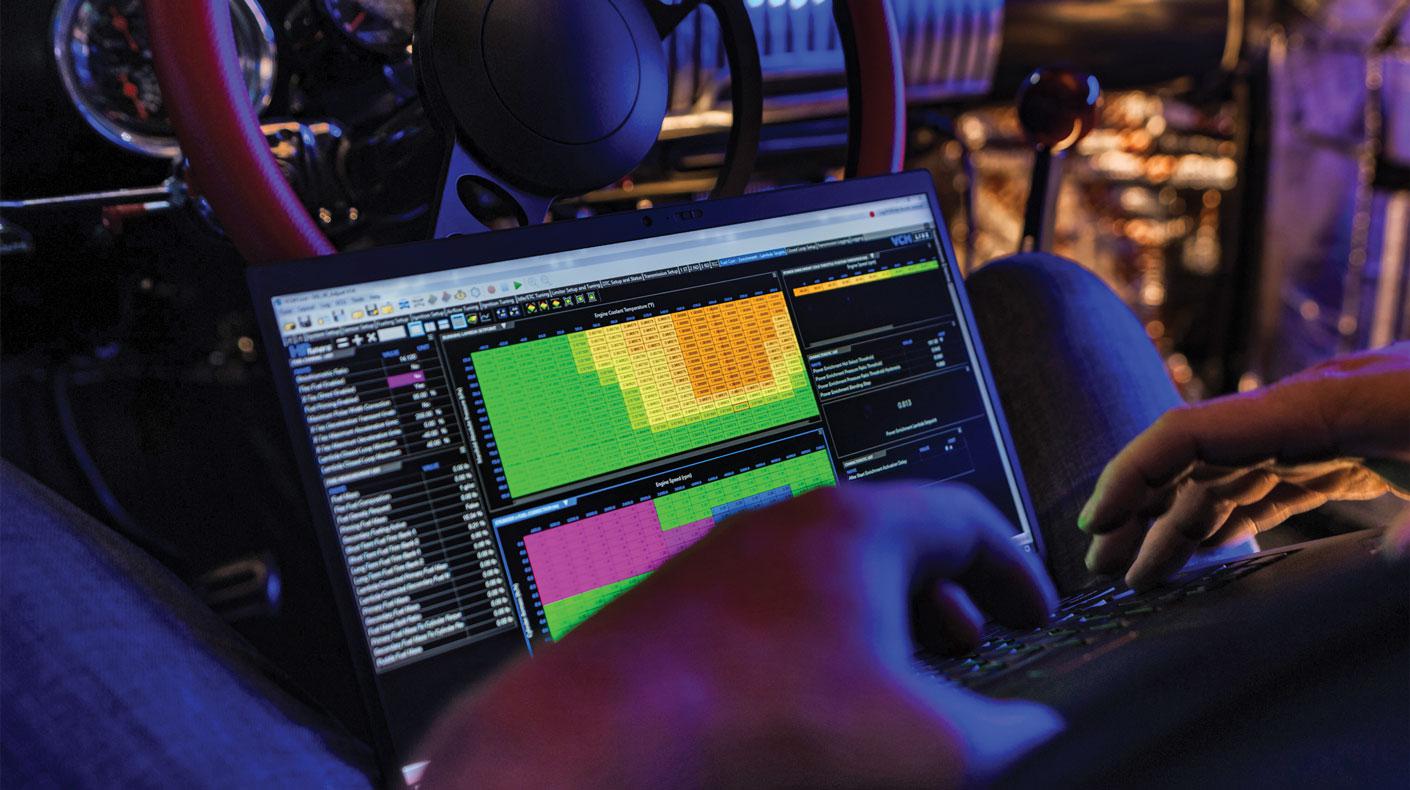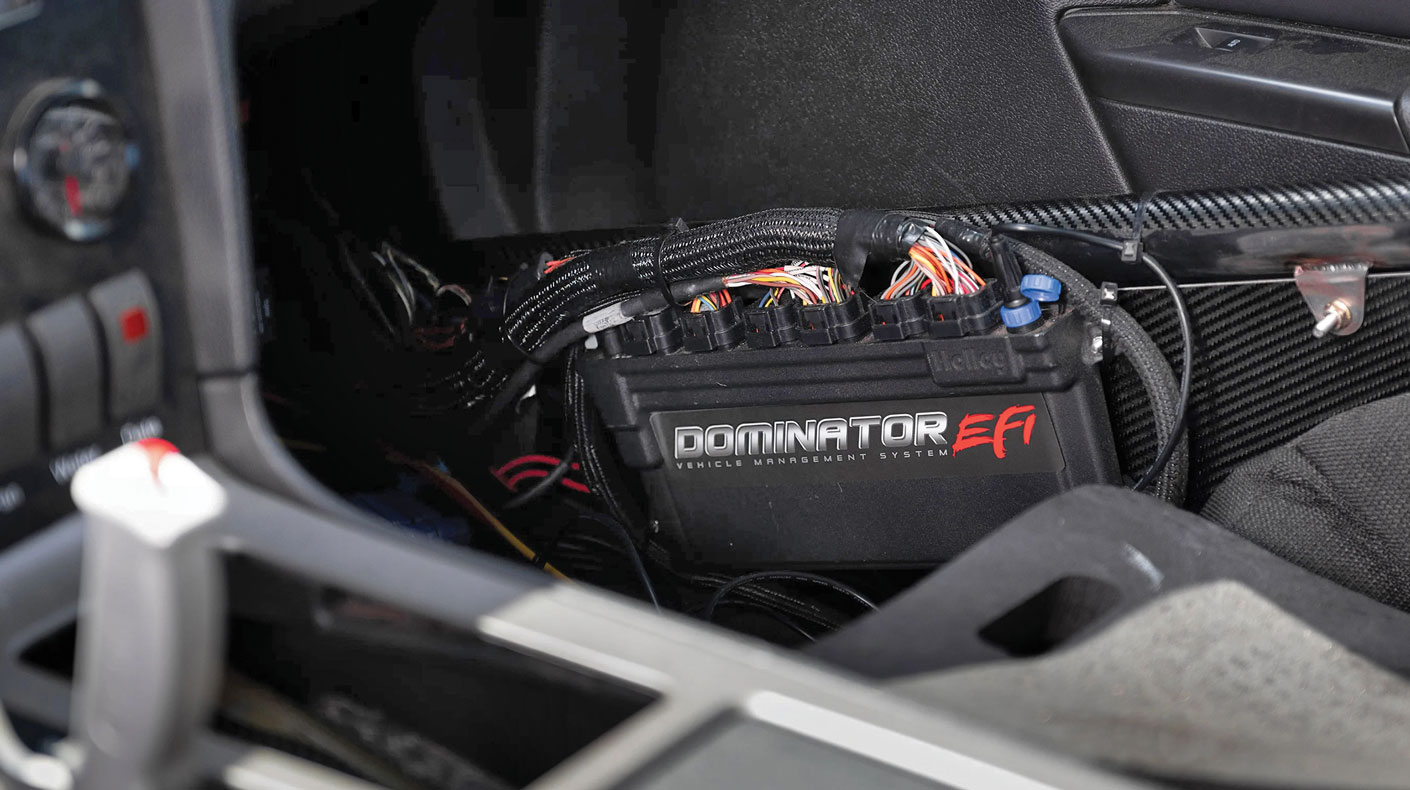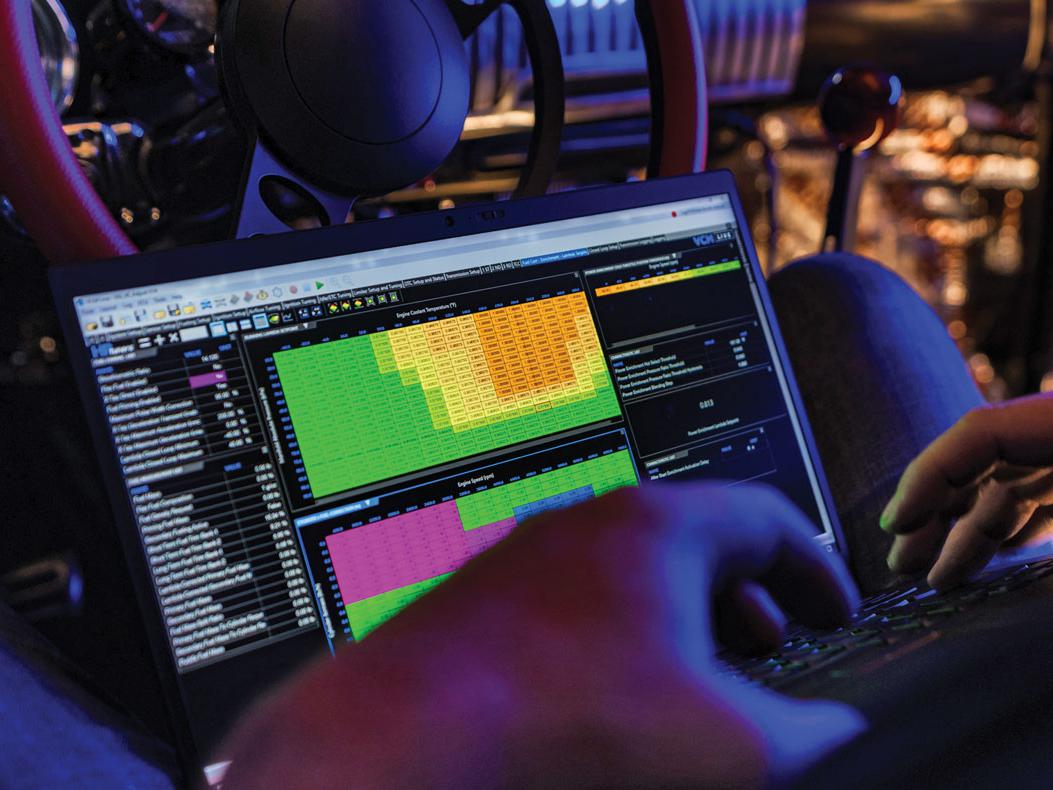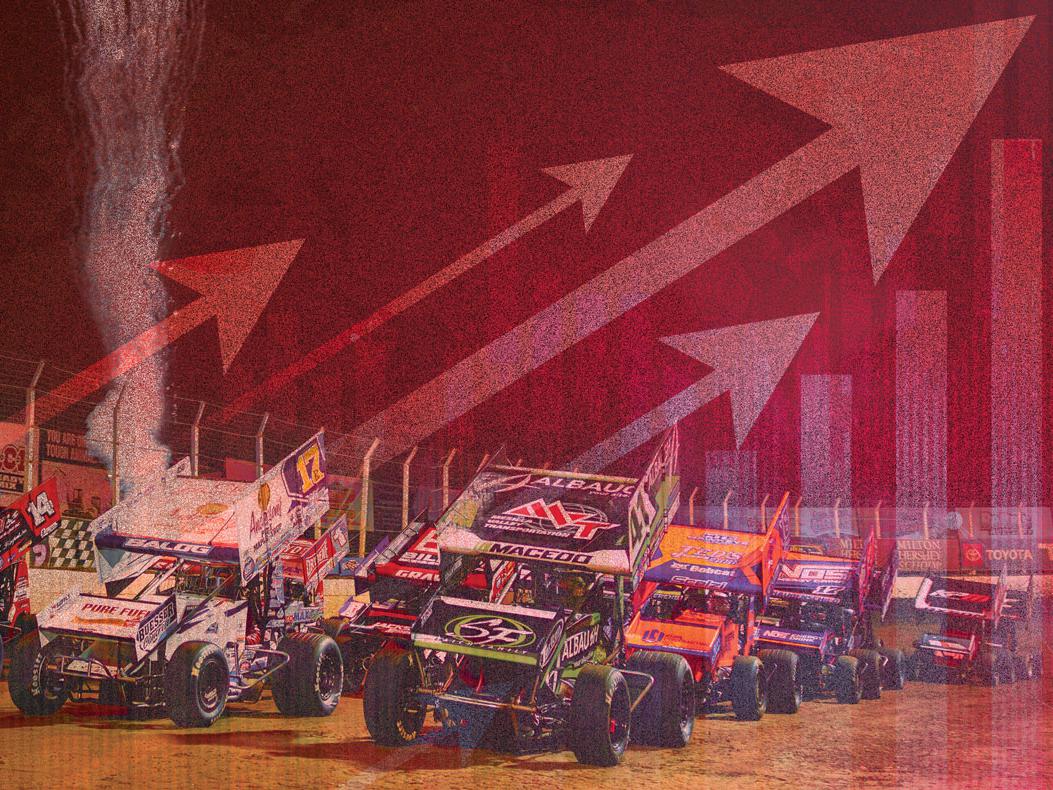Hidden Potential: Engine Management Systems

What features are embedded in engine management systems that are not being fully utilized by tuners and racers? Several suppliers share the often-overlooked benefits of today's engine management systems.
Race cars—the perfect combination of brains, beauty, and brawn. It's difficult to refute the beauty of a vehicle outfitted for maximum attack in any given race series. Under the hood, the brawn speaks for itself as soon as the engine turns over and you're met by a symphony of cylinders determined to make your ears ring, eyes water, and body rumble.
However, the brain of a race car is what makes the symphony come alive and the beauty of aggressive design functional. Engine management systems (EMS) operate in this capacity and tie all these components together. Similarly, the race car's brain is similar to the human brain in that the neural network allows for cognitive functions and memory storing.
EMS often reflects these aspects, equally having an abundance of channels that empower and unlock the potential of the vehicle with a variety of features, while sharing the ability to record the race car's cognitive function, recalling its data through storage banks of memory.
The potential of EMS relies on these features not being overlooked. Too often racers, engine builders, and tuners rely on their previous experience when they approach the tuning capabilities of their favored EMS, but so much more could be available to them. We surveyed engine management system manufacturers to share some of the many undiscovered features that can propel racers to the next level.
HIDDEN IN PLAIN SIGHT
With EMS technology rapidly improving year after year, the competitive edge grows. However, keeping up with the latest features can be cumbersome, and if overlooked, could be detrimental to a race team's potential for success. Lesser used features do exist, and do work, however, they are not being fully implemented, according to Doug Macmillan of Hondata, Torrance, California.

Many builders or tuners are not implementing certain features simply because "they're not familiar with it," or "they're [often] not aware of it fully," he added. But those features are there, and they can help racing programs hone in on the race car's capabilities and improve a driver's time.
Products like Hondata's S300 and KPro flash tunes provide features that Macmillan said are, "definitely, definitely, overlooked."
One area he pointed to is traction control. "That's a separate circuit that attaches into the ABS sensors and feeds wheelspin information back to the computer. The computer is able to adjust the tuning of the engine about 100 times per second now.
"The reason why I'm focusing on traction control is we've had racers who own Civic Type Rs who are good circuit racers and have improved their lap times by two seconds per lap by using traction control," Macmillan added.
He cited the saying, "slow is smooth, and smooth is fast," and added, "you don't know you've got it because it's so smooth that as far as you're concerned, you've got traction, and it's just doing what it's supposed to do. It's just the lap times are better."
In 2017, this approach led Tom O'Gorman to the fastest recorded lap time during the practice runs, and a third place overall, at the 25-hour endurance race during the Pirelli World Challenge Touring Car A Championship held at Thunderhill Raceway Park in Willows, California.
"I was up there doing track support," said Macmillan. "I had traction control turned on for the Civic Type R. Tom O'Gorman came back in, and I said, 'Tom, tell me how the traction control works for you.' He said, 'I don't have traction control.' I said, 'Yeah, you do.'
"He hadn't even realized traction control was operating on his vehicle," continued Macmillan. "It's just that he was able to pull fast, smooth laps. It works so well, you don't know you've got it. It just works in the background and improves your lap time."
Sources at Bosch Motorsport, located in Farmington Hills, Michigan, shared a similar sentiment. In race cars, the traction control is often handled within the ECU, so engine builders and calibrators tend to overlook its importance. Traction control (TC) is a function mostly relevant to chassis dynamics and handling. It is one of the ways that the powertrain can contribute to the vehicle's performance during cornering, according to the representative.
Therefore, the engine calibrator must collaborate closely with the chassis, suspension, tires, and performance engineers to achieve a TC calibration that will improve lap times, added the source.
Bosch Motorsport's MS 6 line covers the "sport line" of engine management systems and is specifically built for spec race series and sports cars up to GT4/GT3 levels. The MS 7 is its "pro line" aimed at professional race programs that are often OEM or manufacturer supported...
To read the complete article for free, sign up for a digital subscription to PRI Magazine on Zinio here.
Once you download the Zinio mobile app or are logged into Zinio on a desktop browser, you will gain immediate access to more than a year's worth of content, including "Hidden Potential: Engine Management Systems" here and more road racing coverage in the July 2025 issue here.
Sources
Bosch Motorsport
bosch-motorsport.com
FuelTech USA
fueltech.net
Holley
holley.com
Hondata
hondata.com
HP Tuners
hptuners.com
 MEMBERSHIP LOGIN
MEMBERSHIP LOGIN JOIN PRI
JOIN PRI


